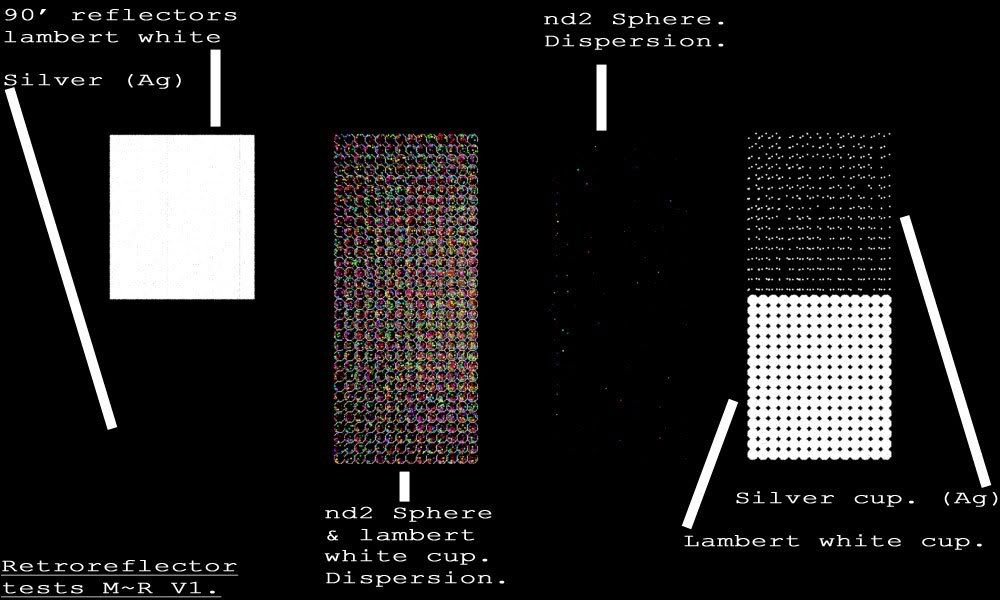This is what I had in mind originally. The 1/2 spheres in the file I posted, are scaled very slightly larger than the spheres, so they can be aligned to work as Michael posted, without intersecting or having faces sharing the same space. The face normals are all calculated to point in the correct directions.michaelplogue wrote:The trick for retroreflection is to have a complete sphere halfway embeded in some opaque material. This way, no matter what angle a beam of light hits it, it will refract , reflect, and refract once again - exiting the bead at exactly the oposite direction it initially entered.
Here's an example on how it's used on street lines.
So Ian - after you generate your trillion spheres, you'll need to duplicate them, boolian the duplicates from a thin box, then bring back your original trillion spheres with a glass shader. Should work fine then....
I seperated them to give more options to anyone who uses them. (That is if they work! I've not had chance to test this yet.)
Tim.





 - By Mark Bell
- By Mark Bell - By Mike Amos 20251018183343
- By Mike Amos 20251018183343